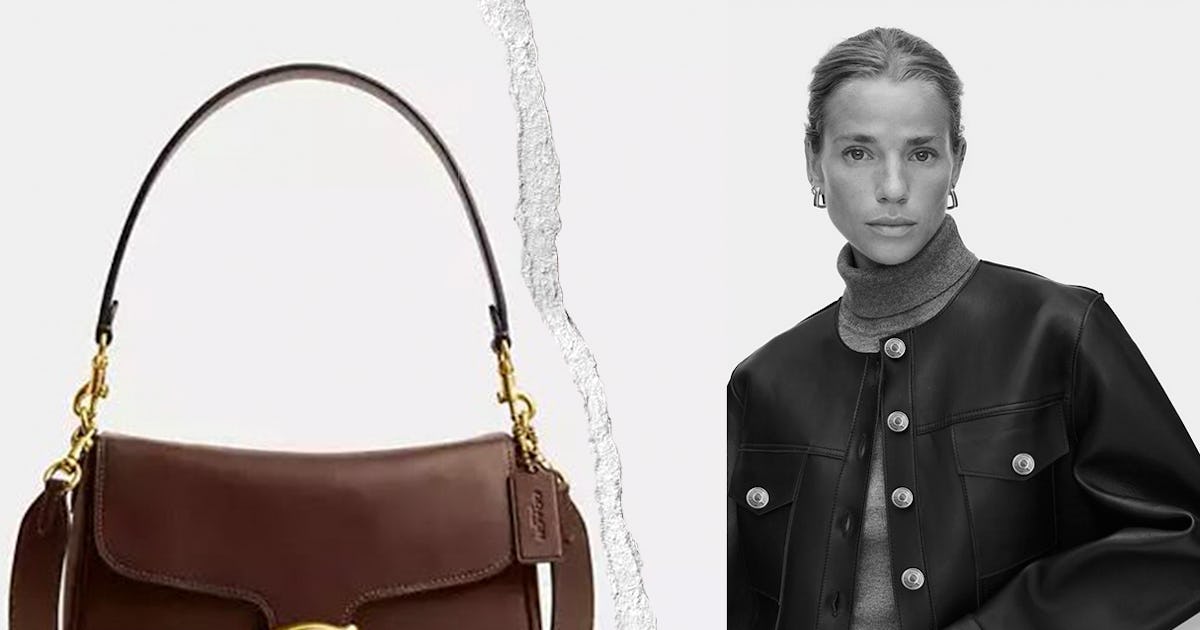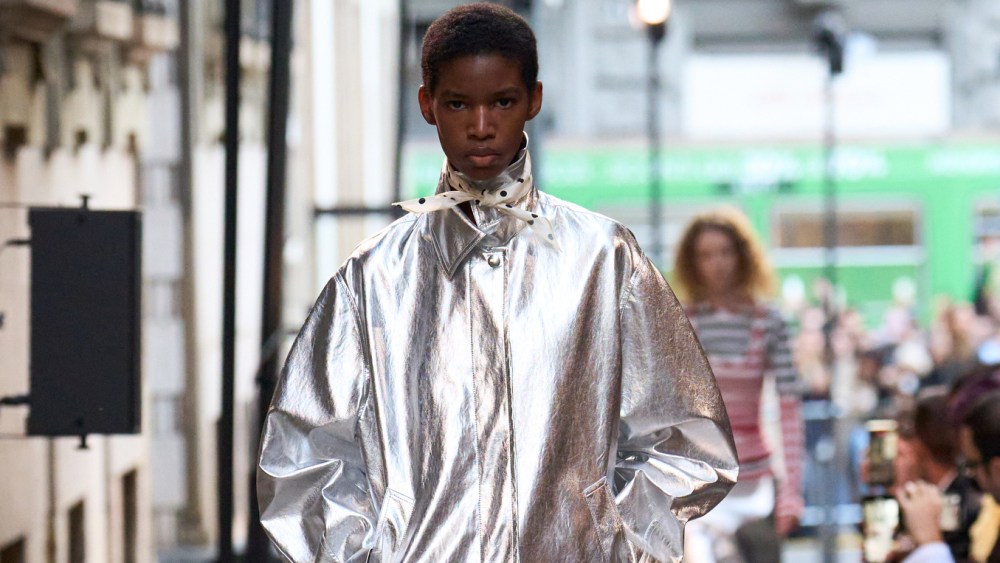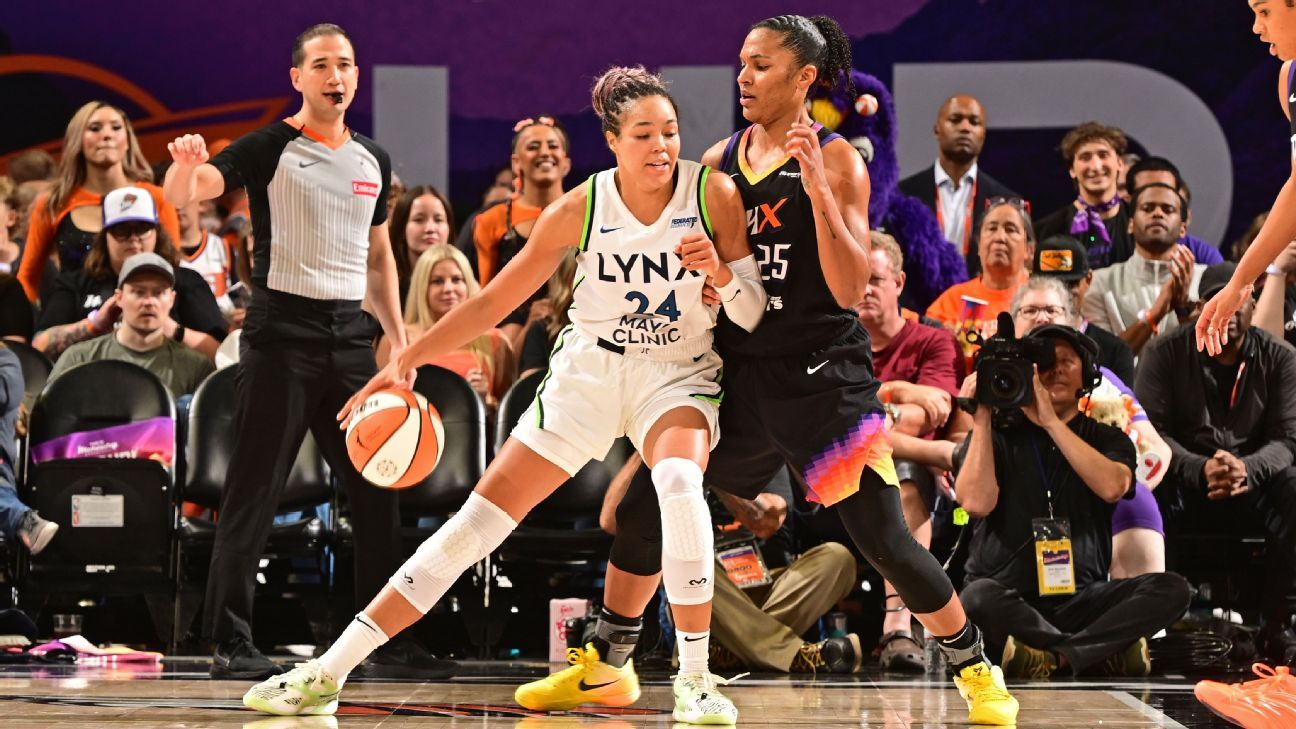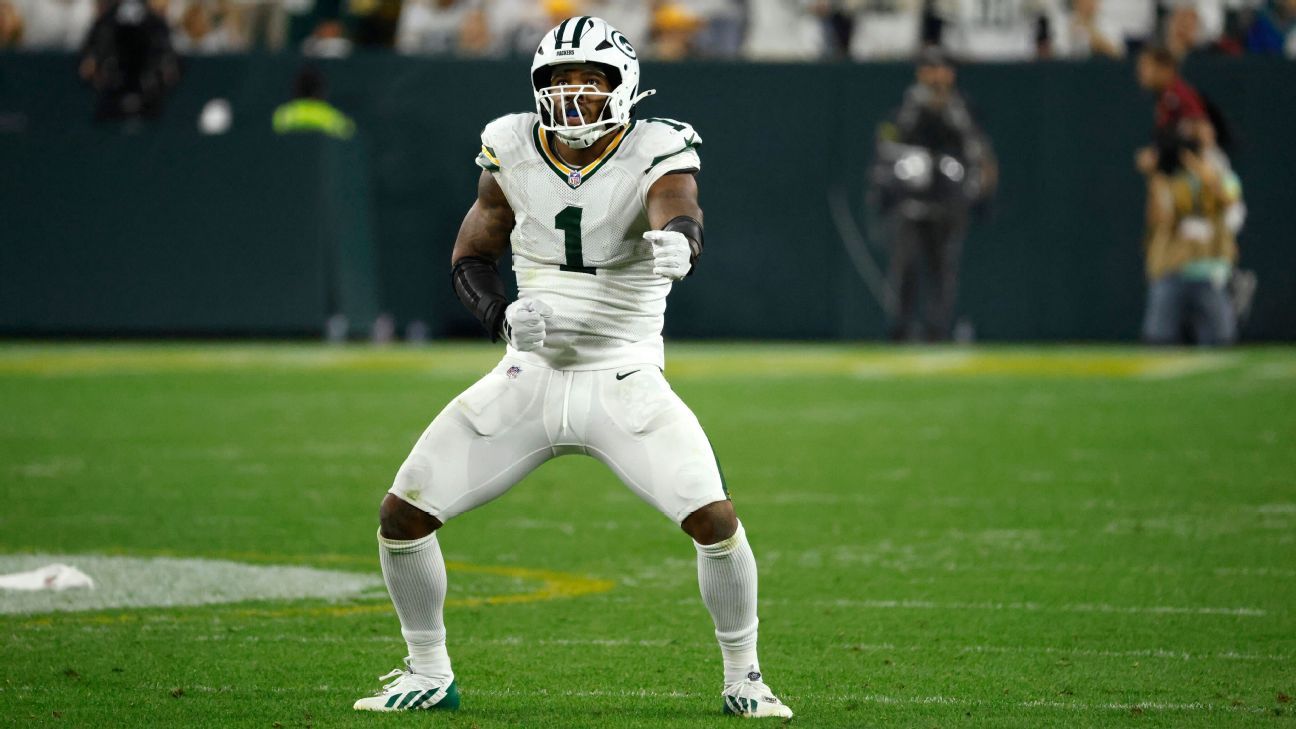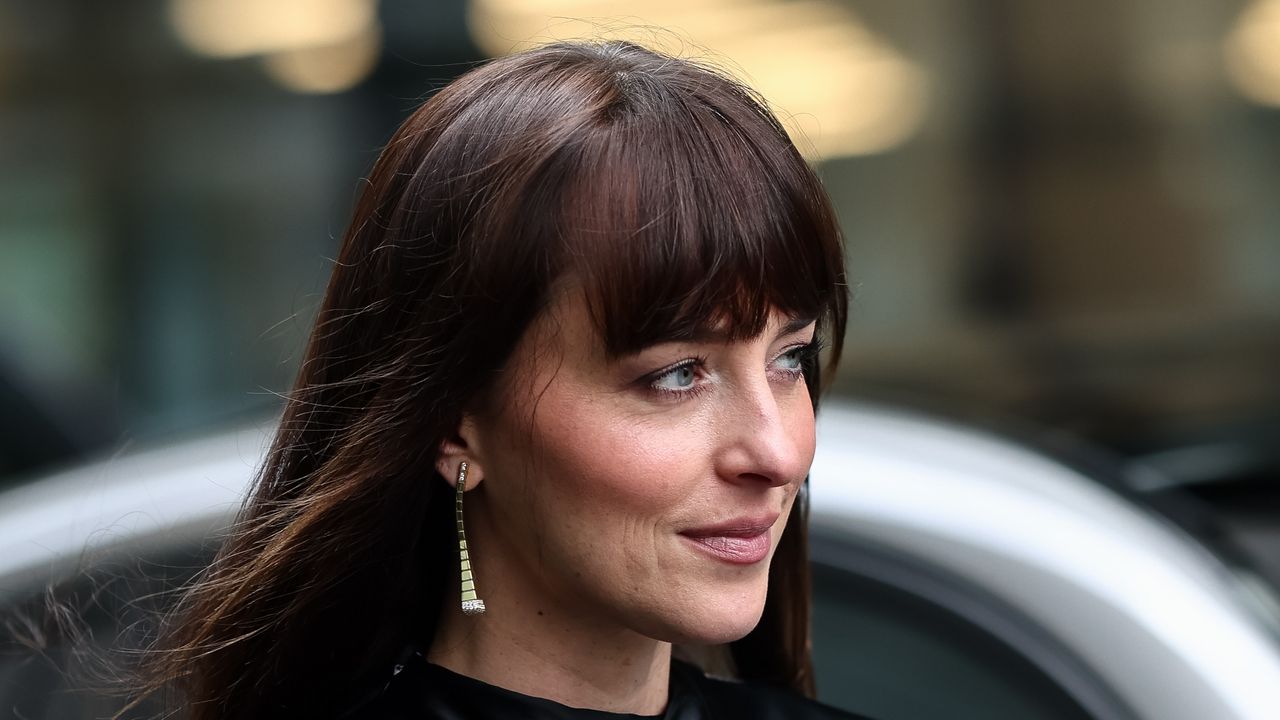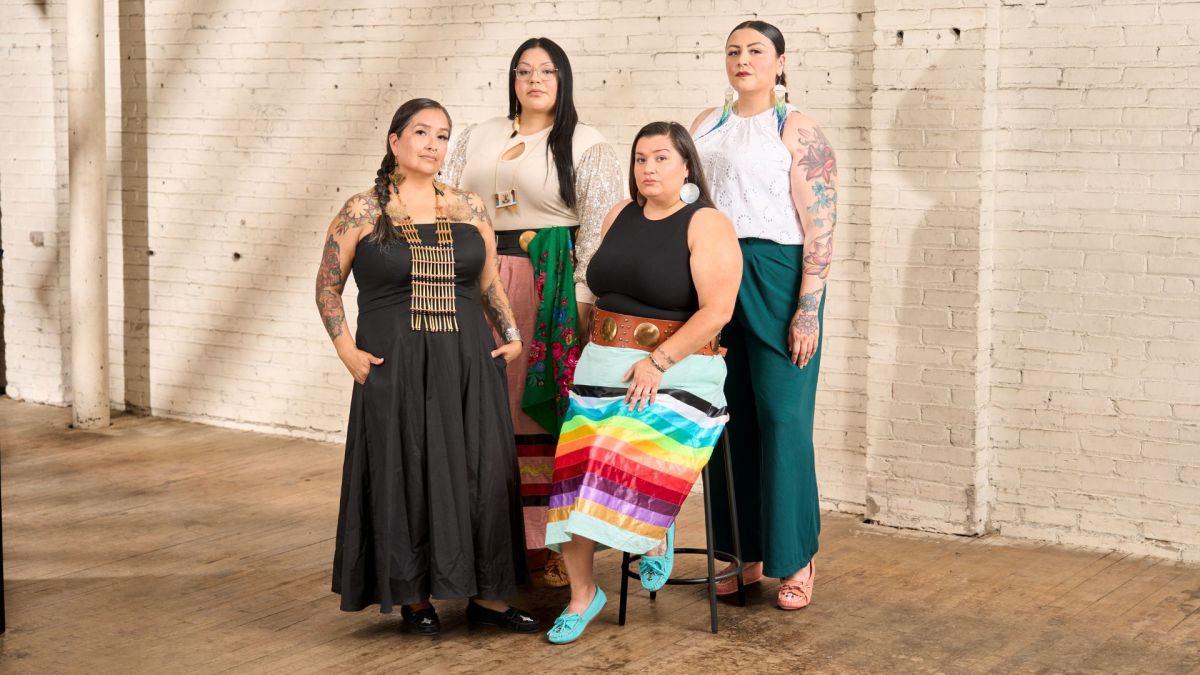
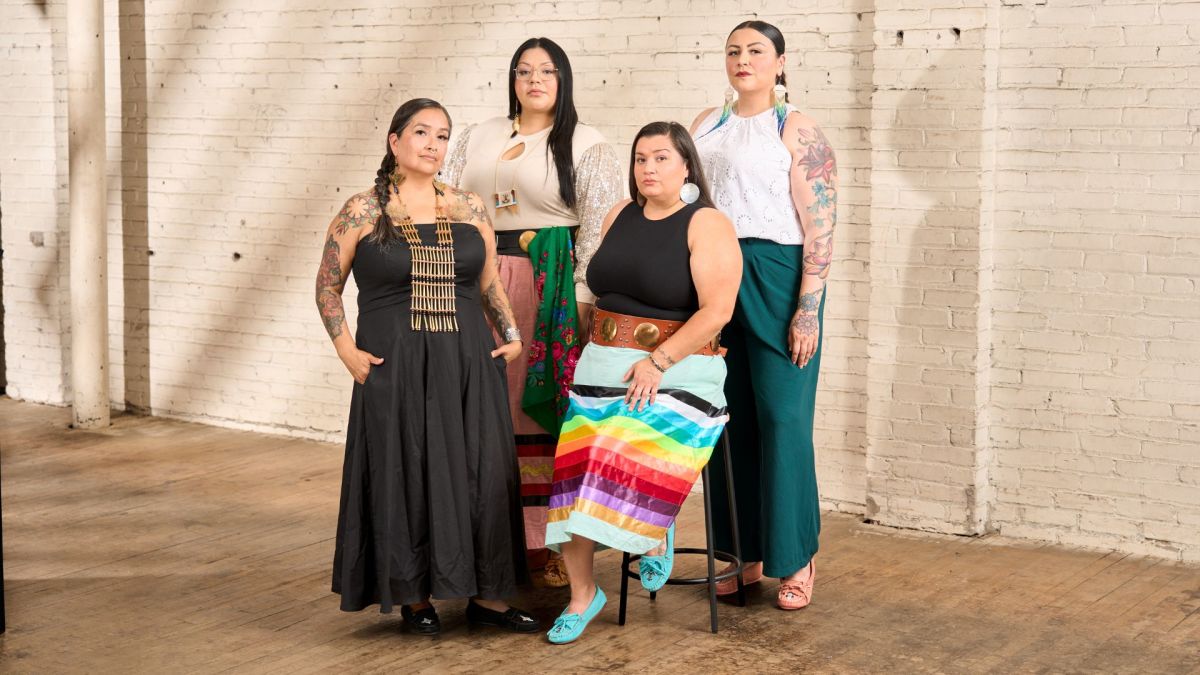
Photo: Courtesy of Minnetonka
When Minneapolis-based shoe brand Minnetonka launched in 1946, the fashion industry wasn’t having conversations about cultural appropriation. So, naturally, the (white) family-owned company didn’t see the issue in selling Native American-inspired moccasins. These quickly became Minnetonka’s most popular product, peaking in trendiness among hippies in the ’60s and ’70s, and the boho-chic crowd in the mid-2000s.
It wasn’t until the mid-2010s — when cultural appropriation became a more mainstream subject — that Minnetonka’s leadership began to acknowledge the decades of ignorance. But as CEO David Miller and President Jori Miller Sherer held private conversations to determine next steps, they struggled to find the best course of action.
“We were really paralyzed by fear,” Sherer confesses to Fashionista.
But the company had to start somewhere: It anonymously donated to local Indigenous non-profits and, in 2017, revamped its logo to remove Native American imagery. Two years later, Minnetonka gained more clarity by partnering with a Native American advisor, and a game plan started to crystallize. “That changed the course of everything for us,” Sherer reflects. “She was really honest and direct and kind, and it was just a really enriching conversation.” The company continued meeting with local Indigenous community members and leaders to “listen and learn.”
By 2020, Minnetonka was ready to address its appropriative legacy publicly: It issued an apology on its website and promised an action plan to improve. So far, that has included engaging in philanthropic efforts, inviting Indigenous speakers for employee education and collaborating with Adrienne Benjamin, an Anishinaabe artist and educator who has become the company’s “reconciliation advisor.”
Related: What Indigenous Designers Want (and Need) Out of Fashion Collaborations: A Guide for Brands
“One thing I’m really grateful for is that we did that public apology on our own time. We weren’t responding to a viral event. We weren’t on the defensive,” Sherer says. “By the time that we were talking about it publicly, we had learned a lot.”
The brand also recently launched the Reclamation Collaborative, an ongoing project that involves partnering with a diverse group of Native artists to collectively redesign and reimagine previously appropriated Minnetonka pieces. The goal is for consumers to “see it in a way that we [Native artists] see it, which is reclaiming our art and design and helping this company move forward — and in good allyship,” Benjamin explains. “It’s not just redesigning and reclaiming, but also giving those types of designs life and voice through the company as well. That’s part of what reconciliation is: giving back. It’s realizing that all of these designs should have always been coming through a lens of Native American artists from all different tribes.”
Featured designers include Benjamin of the Mille Lacs Band of Ojibwe, Lucie Skjefte of the Red Lake Nation Anishinaabe, Hannah Standstrong of the White Earth Nation Ojibwe and Chris Nayquonabe of the Díne Nation (Navajo Nation). This fall, the initiative will welcome a Dakota artist. “All of the artists who are working on this initiative are all community activists […] not just artists,” Benjamin shares. “I thought that that would bring more interest into the work along with the philanthropy piece, because people who are doing work like that know what the community needs.”
Related: How Can Indigenous Designers Get the Most Out of Brand Collaborations?
The biggest concern both consumers and the Indigenous community have expressed about Minnetonka’s ongoing reconciliation efforts is how long the company will stay committed. “When I considered first taking this role, I was nervous about it,” Benjamin shares. “In any community, we’ve seen brands say, ‘Yep, we’re going to do this work,’ and [not commit].”
It was Minnetonka’s dedication to educating itself, plus its steadfast support for inclusive initiatives (even amid an anti-DEI era), that has helped it built trust among its community.
“We update that [commitment plan] annually, if not more often,” Sherer says. “There is no ‘done.’ This is forever work for us.”
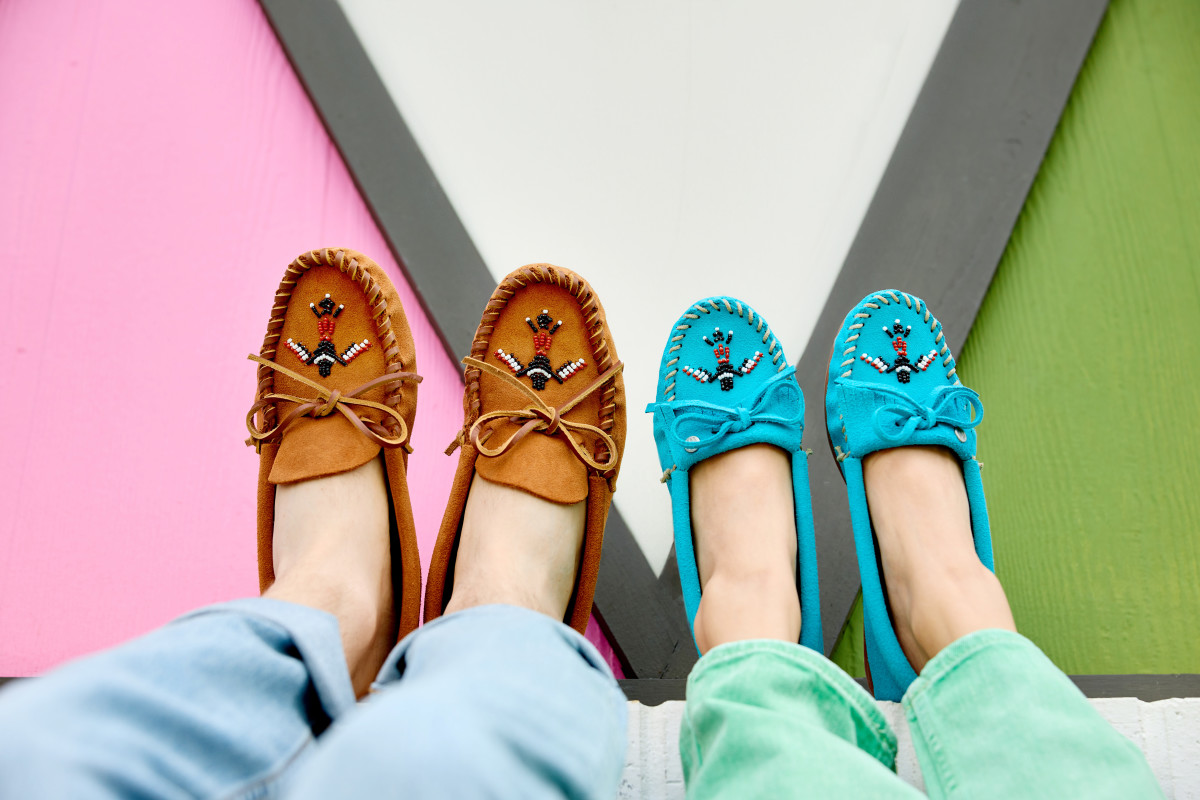
Photo: Courtesy of Minnetonka
Sherer acknowledges that there are still Internet trolls and skeptics who refuse the give Minnetoka grace, but customers are showing up for its revamped products. Most notably, Skjefte helped the brand redesign the beading on its famous Thunderbird moccasin, which it relaunched in February 2024 as the Animikii.
“Thunderbird had been in the line since the ’50s and was the most egregiously appropriated design that we had. So redesigning it had been one of the earliest dreams of this work,” explains Sherer. “When we did with Lucie, it was a really personal story for her.” The timing could be perfect as moccasin-like styles show signs of re-entering the footwear trend cycle. Minnetonka actually sold more pairs of the Thunderbird Animikii in the year after it launched than it had of the original Thunderbird the year before.
So is forgiveness on the horizon? “There’s this really big, wide space between apology and forgiveness… the perpetrator doesn’t get to decide that,” Benjamin explains. “The traumas are so wide across for marginalized communities that there isn’t an answer, but the best thing that this company can do is to […] keep doing the good work and hope that eventually they can get to a level of forgiveness or understanding.”
Looking forward, the company is focused on “showing up better” by welcoming further collaboration with Indigenous artists and speaking out against cultural appropriation. Especially in an era when more and more brands are rolling back their DEI promises, Sherer hopes that Minnetonka’s reconciliation efforts can encourage other companies to rethink their own practices.
“We’re just one company,” she states. “For real systematic change, everyone needs to do their part, whether it’s consumers, governments, education, nonprofits or for-profits. We’re reminding ourselves, this is our corner of the world, and how do we show up better and not get paralyzed by the sheer magnitude of the need?”
Do you have an emerging brand you want to share with Fashionista readers? Jumpstart your business with our affordable digital offerings.
Please note: Occasionally, we use affiliate links on our site. This in no way affects our editorial decision-making.
#Minnetonka #Dealt #Appropriative #Stain #Famous #Moccasins

